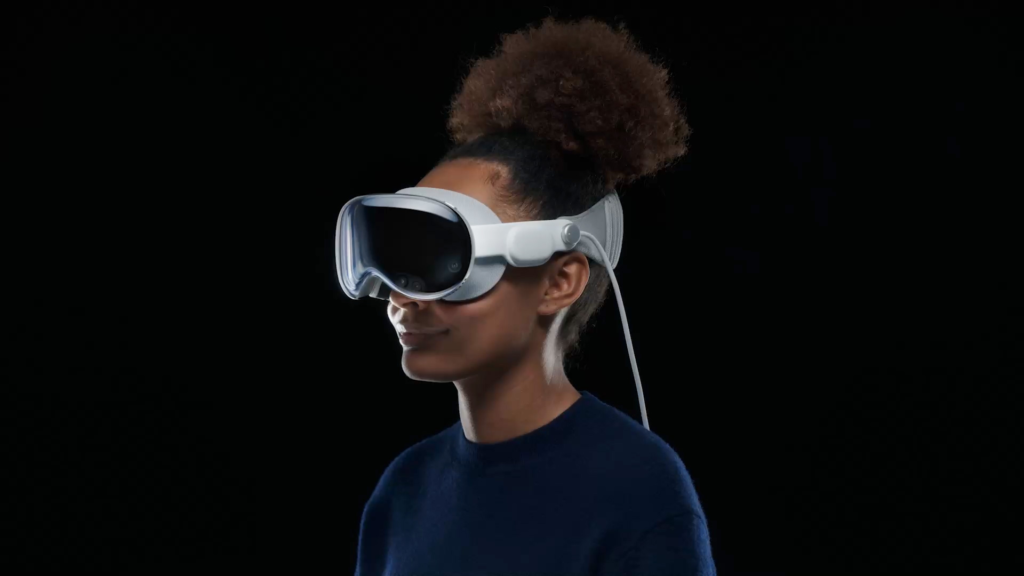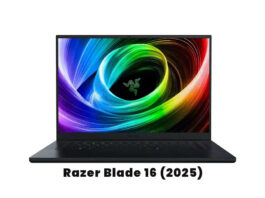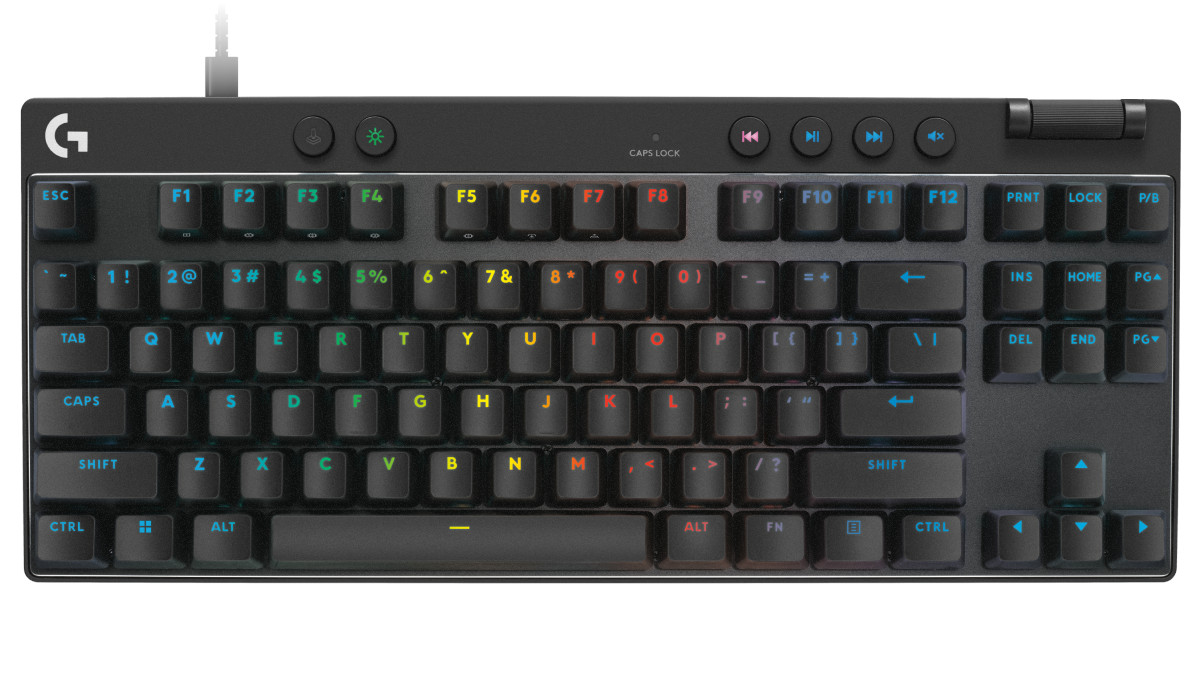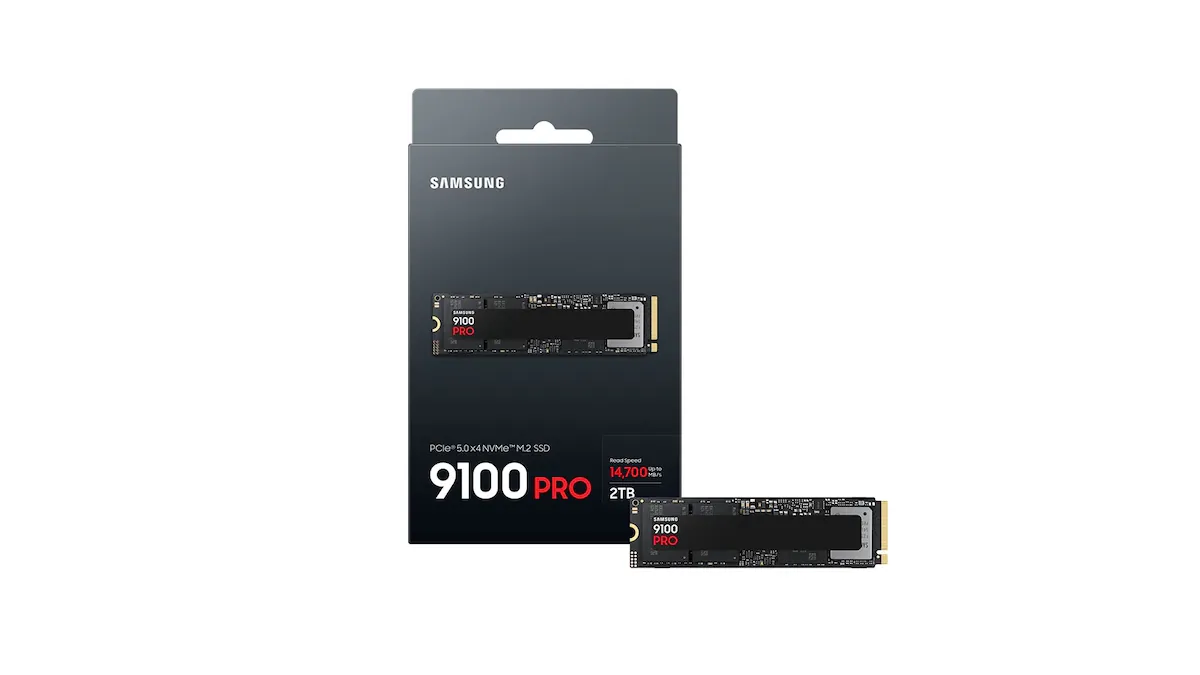The Apple Vision Pro stands out as the premier piece of virtual reality hardware I’ve ever experienced. However, even with its exceptional qualities, potential challenges lie ahead.
Achieving success in both hardware and software isn’t solely about innovation; it involves adhering to certain principles. These guiding principles encompass:
- Attainability
- User-friendliness
- Comprehensibility for the average individual
- Addressing a purpose or resolving a challenge
- Building upon existing innovations
Now, while these rules reflect my perspective, they might not entirely align with your viewpoints or those of Apple’s CEO, Tim Cook.

For now, let’s consider these principles as the universal standards by which all technological advancements abide. Apple Vision Pro, unveiled on June 5, 2023, at WWDC 2023, triumphs particularly with respect to the fifth principle.
This mixed reality headset represents an unprecedented fusion of augmented and virtual reality, harnessing cutting-edge components such as Apple’s Silicon M2 and R1, coupled with micro-LEDs capable of dual-4K imagery. The hardware is ingeniously complemented by a meticulously designed software ecosystem, propelling the technology into uncharted territories.
Rarely do we encounter entirely new, state-of-the-art technology that seamlessly integrates like the Vision Pro. Its supremacy in user-friendliness stems from the same principle. It’s a rarity to find groundbreaking technology that operates as smoothly as the Vision Pro does. Thanks to its intuitive gesture-based and gaze-driven interface, there’s no learning curve – just a captivating journey into the realms of astonishing augmented and virtual reality experiences.
Admittedly, not everyone comprehends the intricacies of mixed reality. Nevertheless, Apple admirably adheres to the third principle by avoiding excessive technical jargon and contextualizing the distinctive appearance of the headgear.
Three out of five principles is a commendable score, and if possessing the most remarkable gadget were the gauge of success, Apple Vision Pro would undoubtedly be a sensation. However, we inhabit a reality where not all VR headsets can attain the level of success enjoyed by iPhones.
Unless you’re an avid gamer, there’s a significant likelihood that the VR headset you invested in a year ago is now gathering dust. The overarching failure of VR and mixed reality in the consumer domain is due to their inability to satisfy the fourth principle: addressing tangible real-world challenges.
Consider this: You drive a car to travel long distances efficiently. You wear glasses or contact lenses to correct your vision. An Apple Watch adorns your wrist primarily to access time conveniently. Your smartphone ensures global connectivity and communication.
But what compelling reason would prompt you to adopt and consistently use Apple Vision Pro?
As much as I relish virtual reality experiences, I acknowledge their dispensability. Petting virtual dinosaurs in my living room doesn’t solve any problems for me.
Meta and Mark Zuckerberg endeavored to fabricate a reason to invest in Meta Quest headsets – the concept of the Metaverse. Yet, consumers weren’t easily swayed. The real world, despite its challenges, remains preferable to a manufactured virtual existence for most individuals.

Credit must be given to Apple for abstaining from pitching an entirely new AppleVerse alongside the Vision Pro. However, this absence also means that there isn’t a single compelling reason to invest $3,500 (estimated £2,200 / AU$ 4,400, excluding image-correcting lens inserts) in this apex of VR and AR technology. Instead, it presents an array of experiences and possibilities that generally enhance real-world activities. From watching large-screen movies at home to extending your desktop across your home office, even participating in FaceTime calls through uncannily realistic avatars.
Apple Vision Pro lacks a distinct core purpose because it embodies a computing – or rather, “spatial computing” – platform. Similar to most platforms, it’s versatile and accommodates a multitude of applications. It’s the Windows 11 equivalent for VR and AR, reminiscent of Microsoft’s efforts with HoloLens.
Concerning productivity and business applications, Vision Pro inches closer to satisfying the fourth principle: utility. Personally, I utilize three different physical screens at home and wouldn’t mind more. A room-filling desktop space could revolutionize workflows. However, to experience this, one must wear a headset.
However, when it’s time for a coffee break, it becomes cumbersome to consistently don and remove the headset just to move around the real office environment. Imagining an office filled with workers leaving their Vision Pros untouched on their physical desks due to the inconvenience of constant adjustment during bathroom breaks is a valid concern.
Regarding the first principle, the current inaccessibility of the Apple Vision Pro is evident. Even when it becomes available next year, the price tag of $3,500 is a substantial deterrent for most consumers. Those pondering the considerable investment in cutting-edge AR and VR will inevitably question the necessity.
P.S. Despite these considerations, my desire for the Apple Vision Pro remains undiminished.
Discover more from NewForTech
Subscribe to get the latest posts sent to your email.





